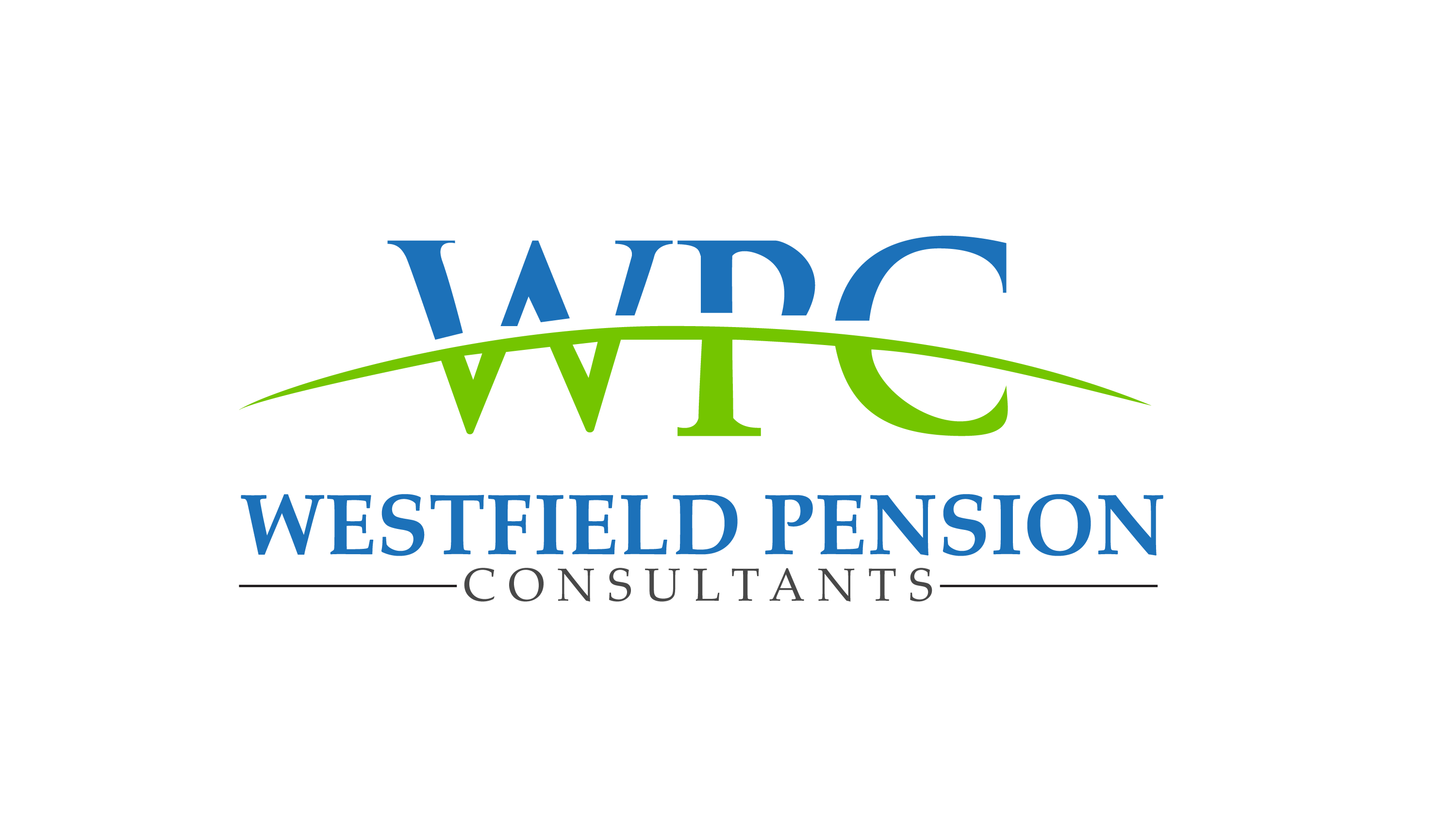How to Make the Most Of Your 401(k) Plan
More and more people are relying on their 401(k) plans for their future financial well-being. Many employees are contributing part of their salaries in 401(k) plans and very often also directing their own investments.
Employees directing their own investments must consider investment objectives, the risk/return characteristics of the investment and the performance over time of the investment choices under their 401(k) plan. Fees and expenses should also be considered because both affect investment return thereby impacting future retirement income.
What to Consider Before Investing Your Account in Your 401(k) Plan
Today, most plans allow you to direct your 401(k) plan account. Asset allocation or how you invest your 401(k) plan account today is often your decision. Some of the factors to consider when choosing an investment are:
Risk Tolerance
Risk tolerance is an important component in investing. Risk tolerance refers to the amount you are willing to lose with an investment before panicking and selling at a loss and possibly the wrong time. Generally, people younger in age have a longer horizon to retirement and therefore, can sustain a loss for a longer period than people older in age with a shorter term horizon.
Also, individuals with higher net worth can typically afford to take greater risks with their investments.
Often individual equities and equity investment funds are associated with greater risk tolerance whereas, lower risk tolerance is generally associated with bonds and bond funds or stable value funds.
Your Age
A rule of thumb to consider: the younger you are the more you can invest in riskier assets (stocks and stock funds). Younger aged 401(k) plan participants have more time to recover from financial losses since they have more years before they reach retirement.
Total Assets at Retirement
As a rule, the goal is to replace 80% of your income prior to retirement. Your calculation should consider Social Security and income from sources other than your 401(k) plan. Most 401(k) plans have an online interactive calculator tool to assist you in determining the suggested savings needed to achieve your goals.
Diversified Investments
Diversification avoids putting all your eggs in one basket. Diversification means spreading your 401(k) plan assets across a variety of investment types (for example, stocks, bonds, and commodities). This strategy generally protects your 401(k) plan assets against the risk of a drop in any one asset class.
Investment Fund Fees
Generally, there are two fees to consider when participating in a 401(k) plan. There are expenses which cannot be avoided and investment fund fees. Unavoidable 401(k) plan expenses cover the administrative and compliance aspects involved in running the 401(k) plan.
Investment fund fees include trading commissions to paying salaries of portfolio managers. The rule of thumb is to avoid investment funds with the highest management fees and sales charges.
Index funds are known to have the lowest fees because these funds require less hands on management by portfolio managers.
Further, it should be noted investment funds with higher fees have at times performed more favorably than their counterparts with lower fees.
You may want to consider historical investment fund performance in your decision making process. It is important to emphasize an investment fund’s past performance may not be indicative of its future performance.
The Bottom Line
Financial independence and ultimately a financially secure retirement begins with saving. The “pay yourself first” method works hand in hand with a 401(k) plan. Once you begin, you’ll enjoy watching your 401(k) plan retirement account grow over the years.
Working with your 401(k) plan’s financial advisor may be helpful in achieving your financial goals and ultimately financial independence.
